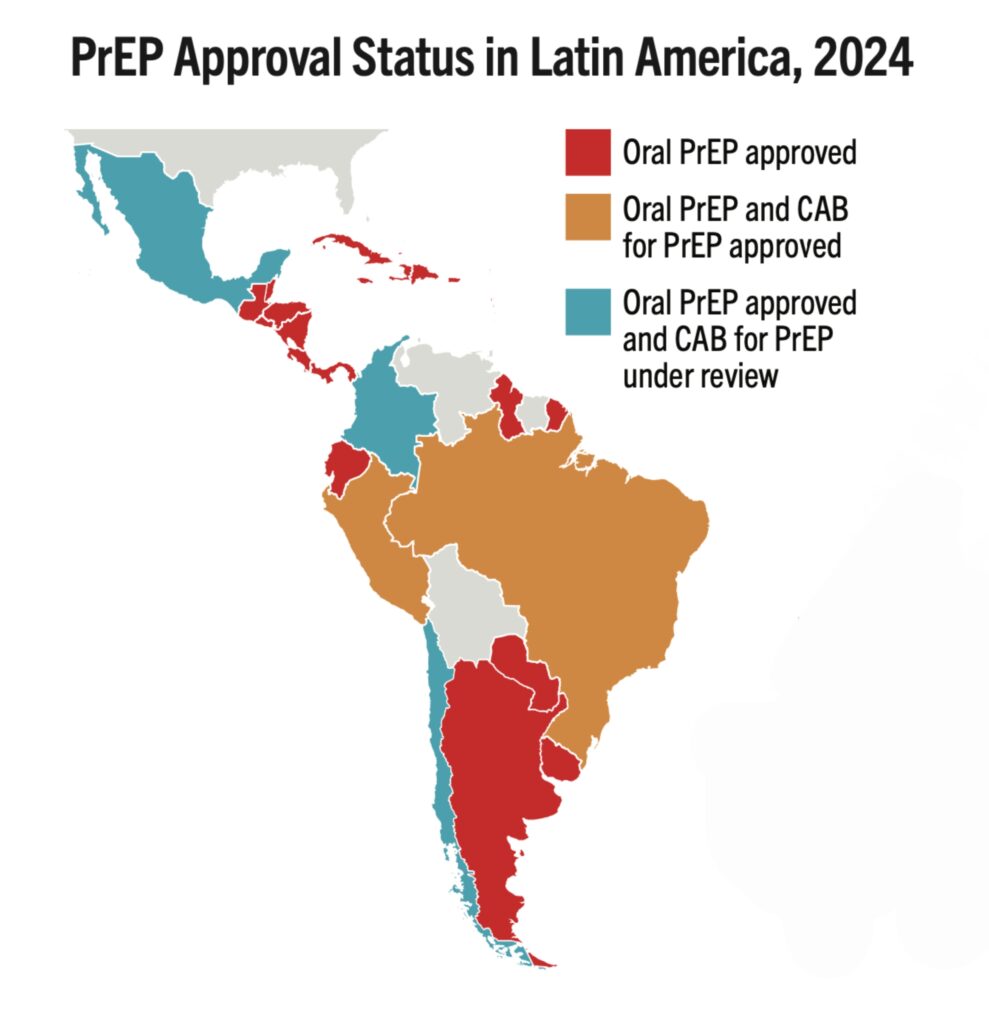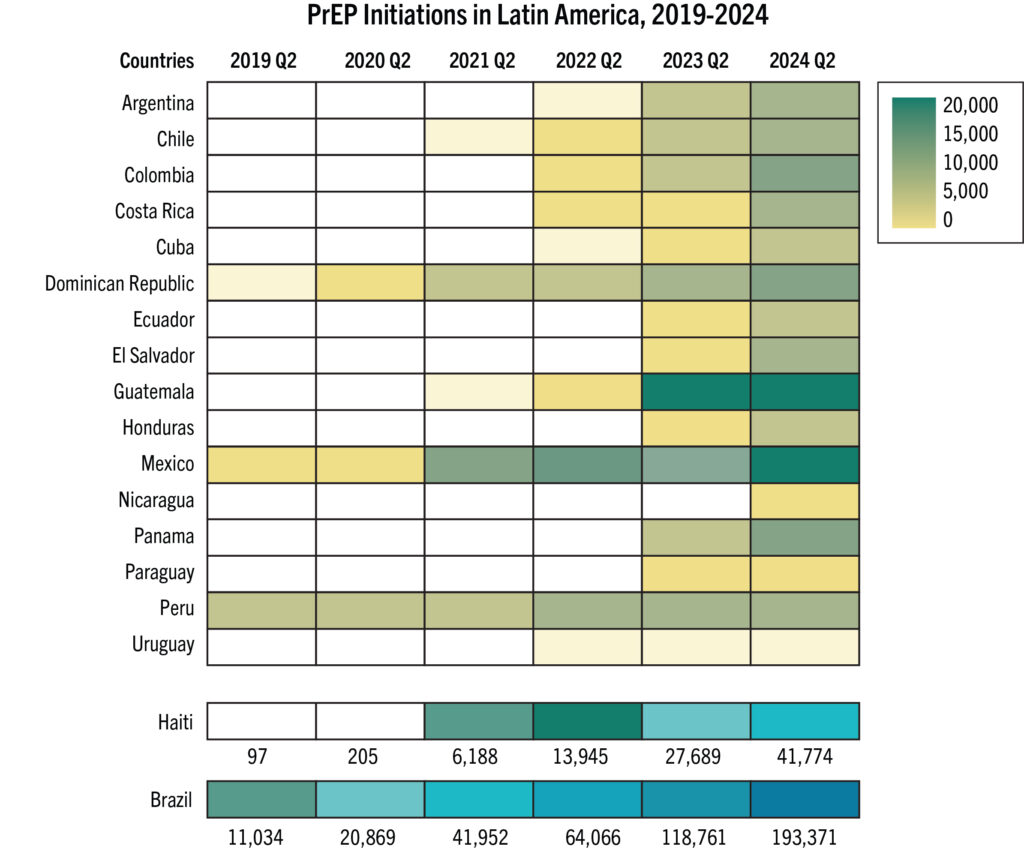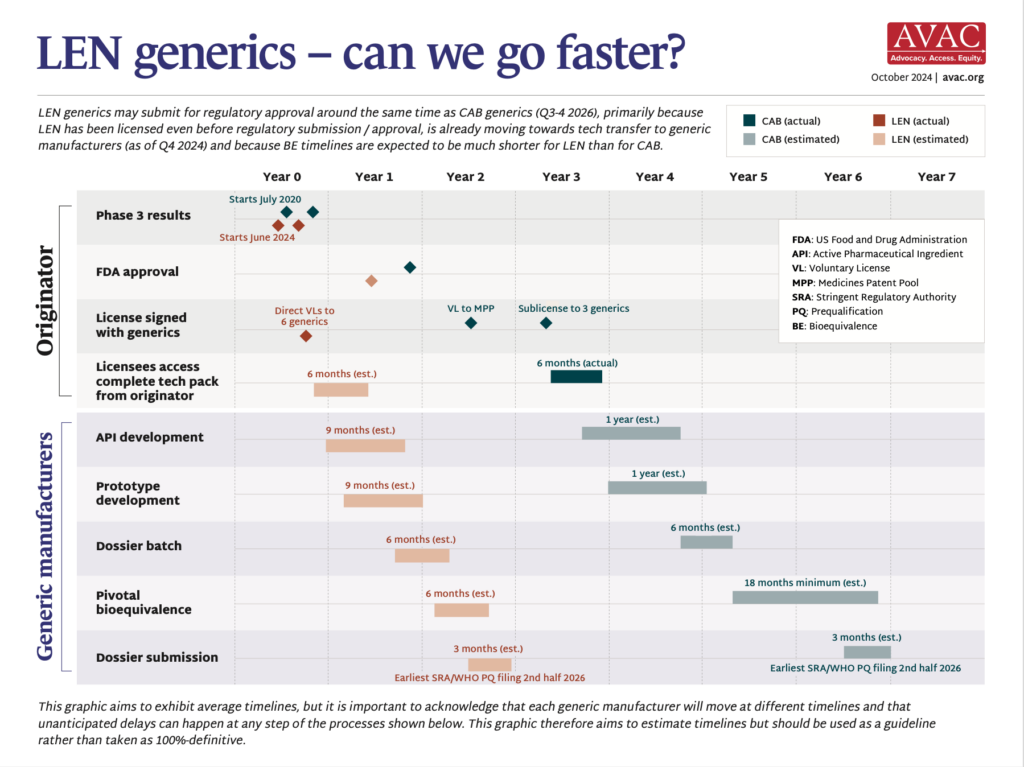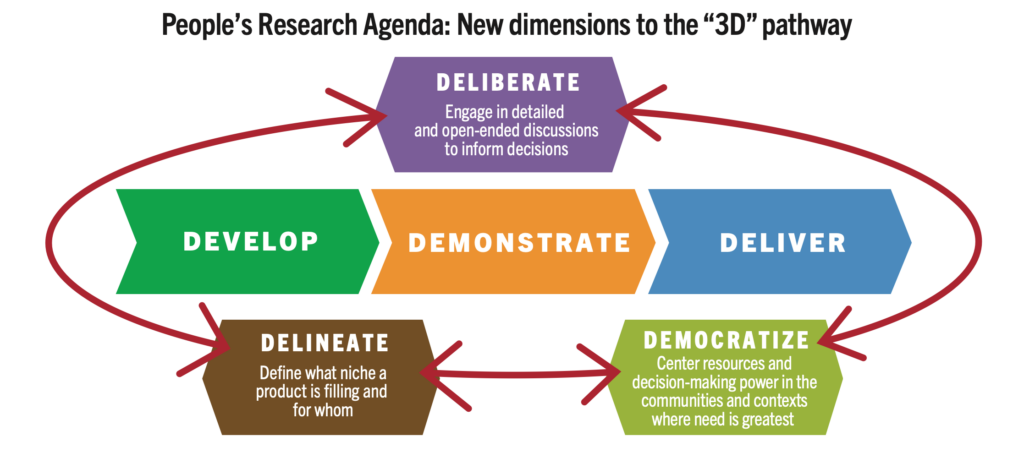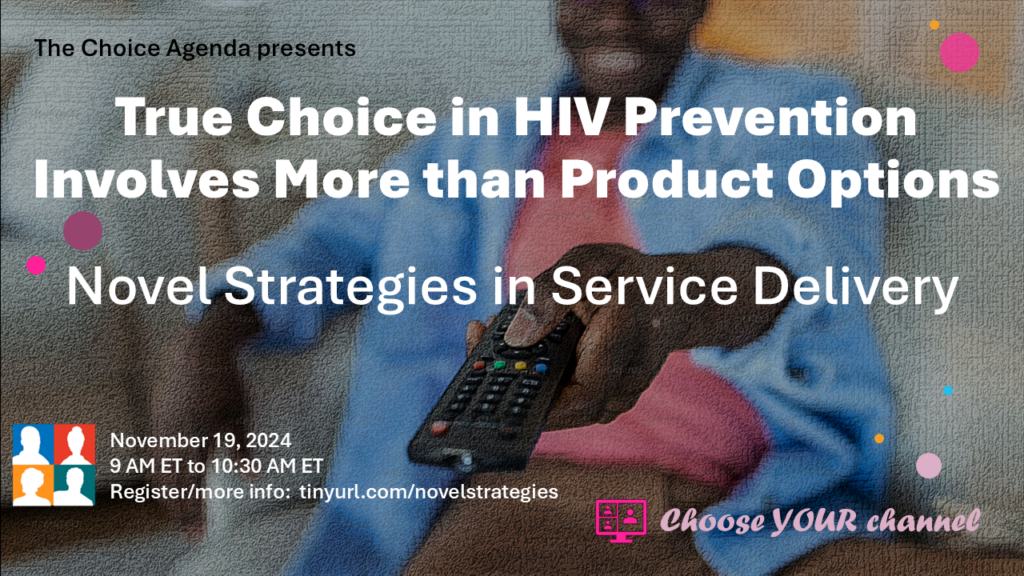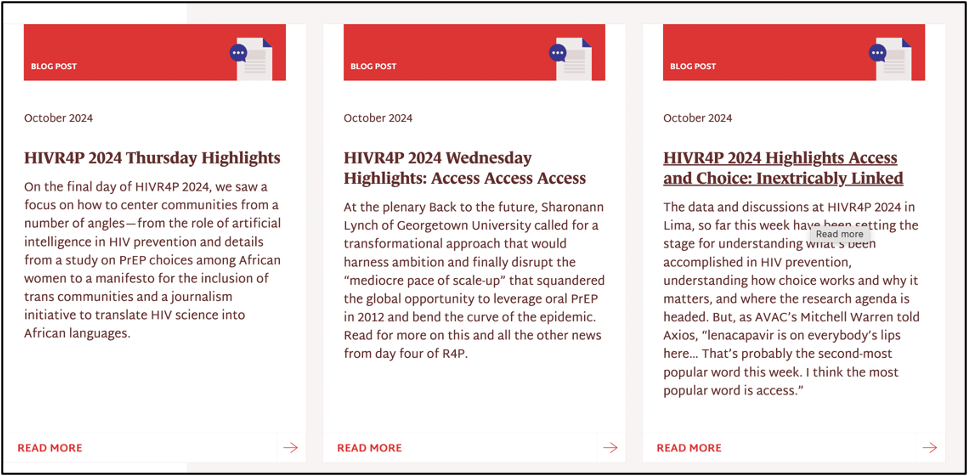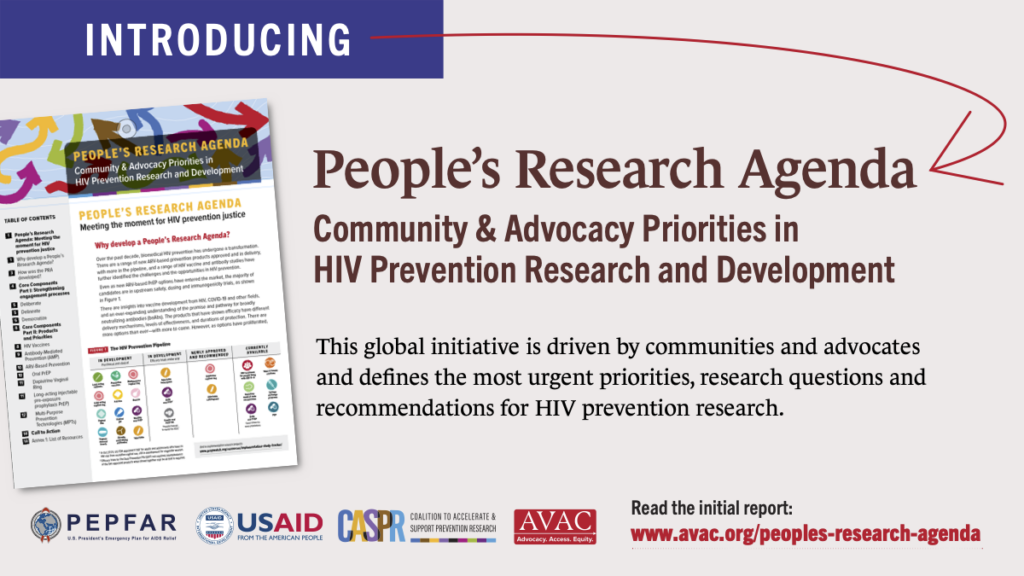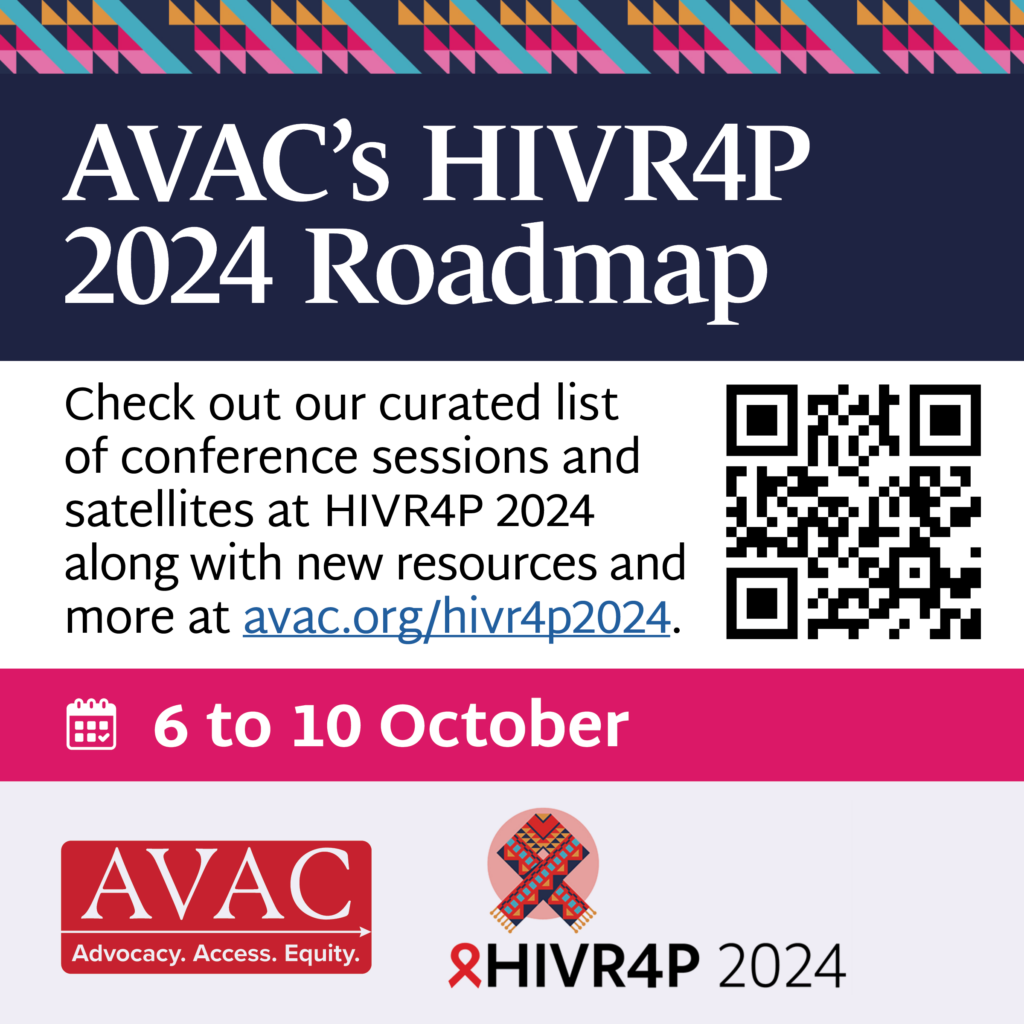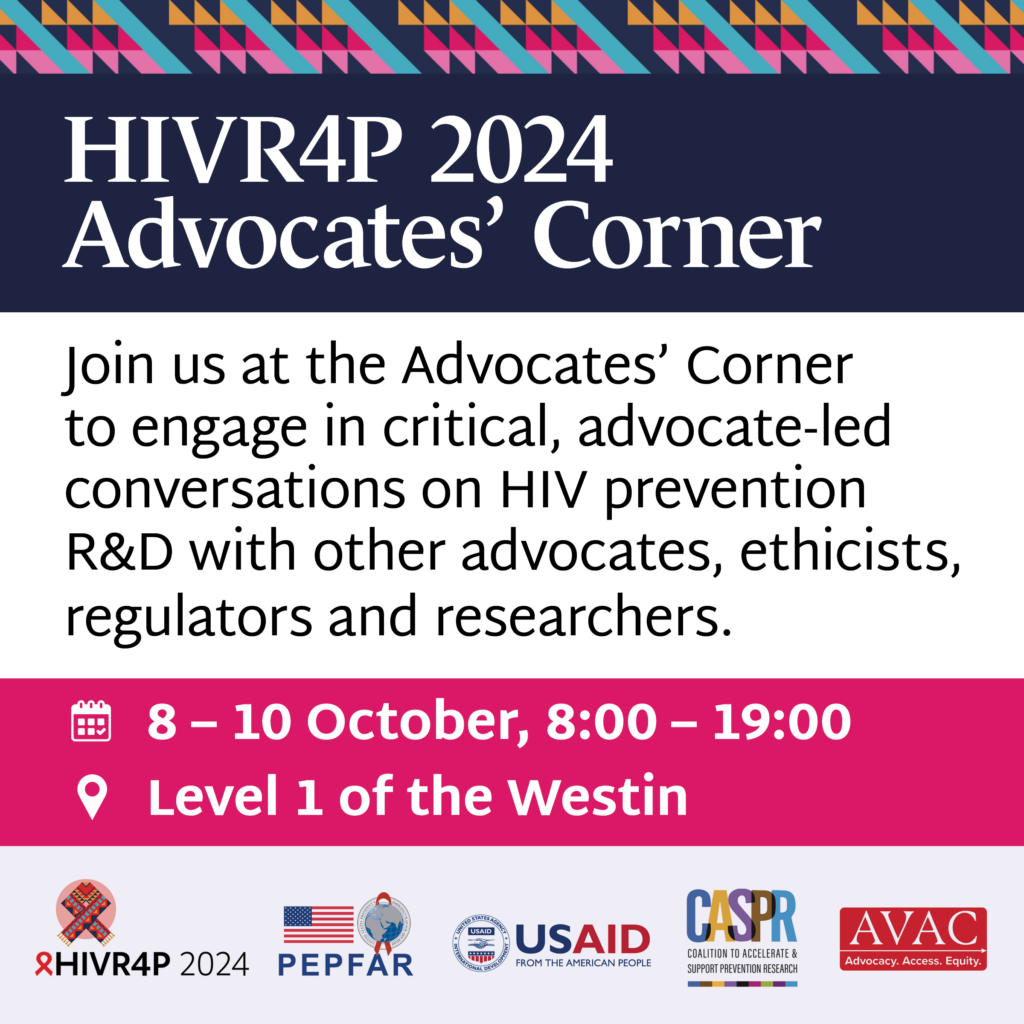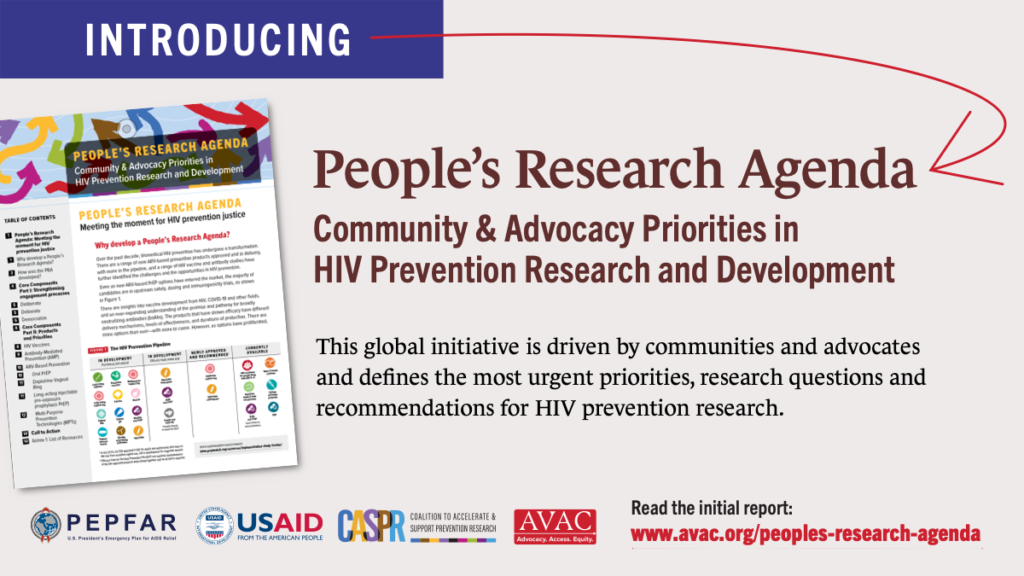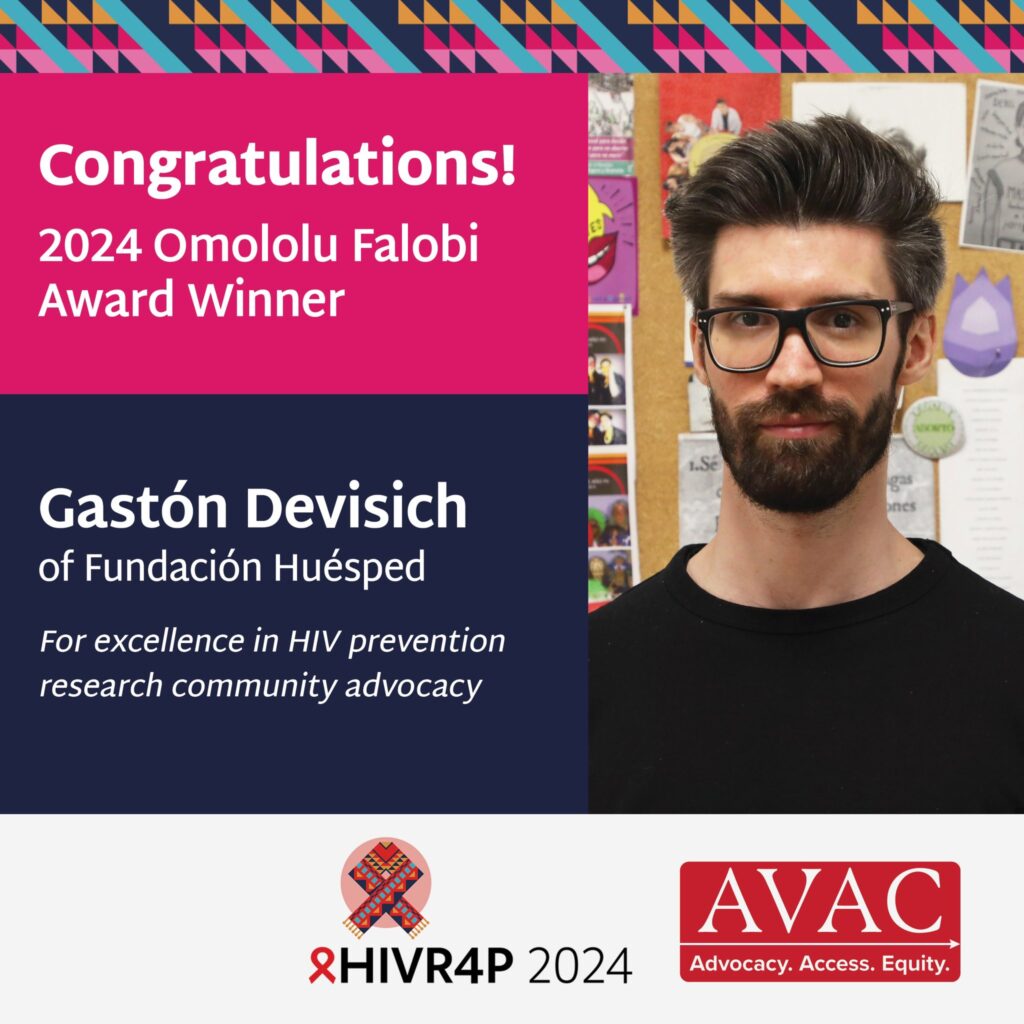Are you passionate about medical breakthroughs and advocacy? Don’t miss out on this pivotal community event where leading scientists and dedicated advocates gather to discuss with you the latest strides in HIV cure research.
Meet Two People Cured of HIV: Hear their stories, learn about their journeys, and discover the breakthroughs in medical science that made their cures possible. This is a unique opportunity to gain insight into the advancements in HIV and the hope it brings to many.
Explore Cutting-Edge Research: Get insights into the latest advancements towards finding a cure for HIV. Hear directly from the experts who are at the forefront of this critical work.
Engage in Thought-Provoking Discussions: Participate in conversations that matter. Share your thoughts a cure for HIV and learn from others who are just as committed to this cause.
Network with Like-Minded Individuals: Connect with those who share your dedication to making a difference. Build relationships that could shape the future of HIV advocacy and research.
Be Inspired to Take Action: Leave feeling motivated and equipped with new knowledge to contribute to the fight for a cure for HIV in meaningful ways.
Eventbrite Registration / Zoom Registration

